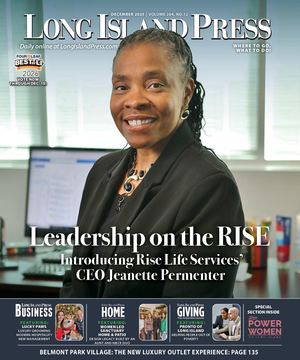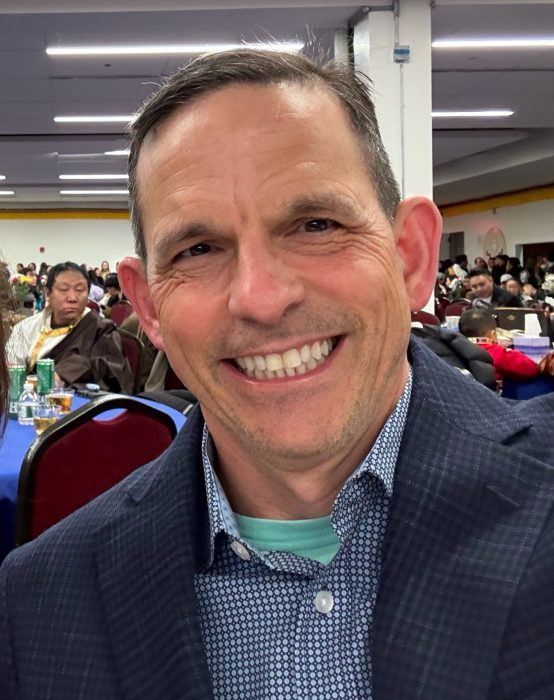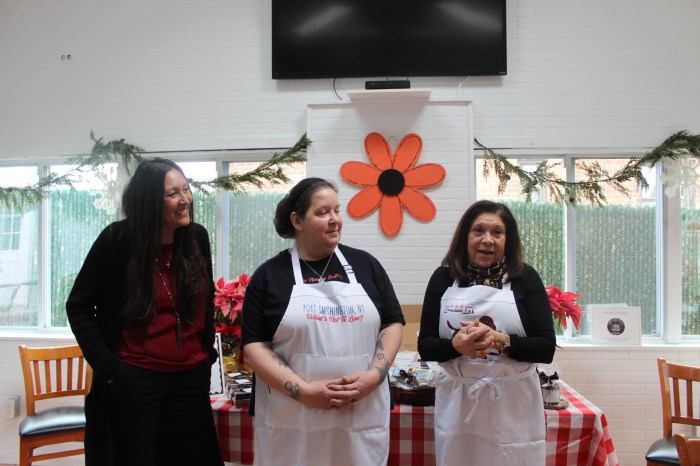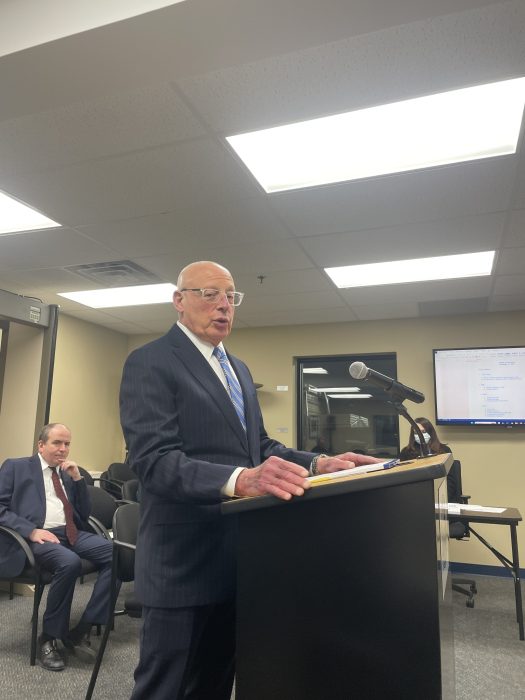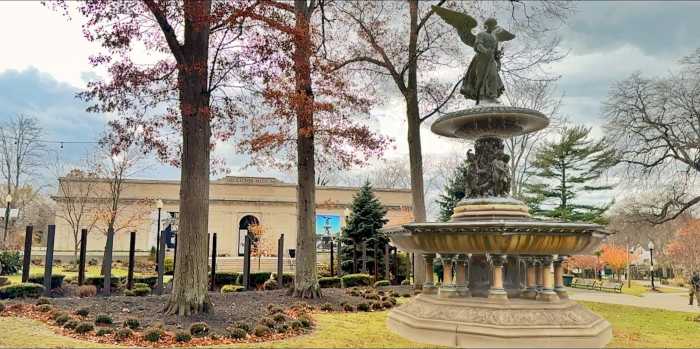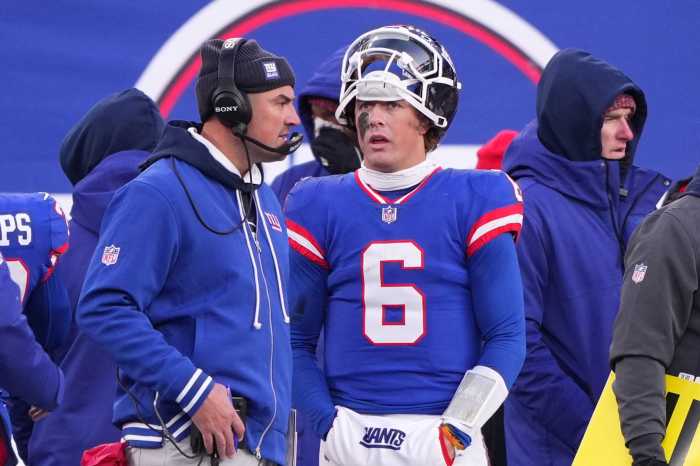As part of its commitment to preparing individuals and communities to address emergency situations, The Center for Disaster Resiliency Solutions (CDRS) sponsored a teen focus group meeting to discuss the Hurricane Sandy experience affecting the community, their friends and family. The Port Washington Community Action Center hosted the event on Thursday, Nov. 10, at 7 p.m. There were 14 youths participating and 20 spectators.
The welcome was made by Deputy Police Chief (retired) Brain Staley. Asst. Chief of Police Jeff Morris and School Resource Officer Tony Guzzello were also in attendance.
The focus group, a diverse group of Port Washington, Great Neck South and Westbury High Schools, reflected on their preparation, response, and recovery to Hurricane Sandy on the topic “How Prepared are you to Anticipate, Prepare for and Recover from a Disaster?” Of particular importance was getting feedback on the roles young residents feel they can play in the community before, during and following a disaster. The participants made a valued contribution to CDRS’ development of a national education and training model with priority inclusion of people with disabilities. The focus group emphasized how best to include people with disabilities in the disaster/emergency planning process.
Although the Northeast was spared from the ravages of Hurricane Mathew, the recent storm served as a reminder of how quickly a disaster can strike and the necessity of being ready for an emergency.
Dr. Arthur H. Mittelstaedt, vice chairman of CDRS and a planner in Safety and Security, and Bud Cosgrove, board cochair, stressed that “citizen participation to include residents with disabilities is critical to ensure the community is effectively resilient during a disaster or emergency.”
CDRS is a nonprofit that draws upon extensive experience of its team to assist individuals, communities and regions in becoming more resilient to disasters.
The CDRS team emphasized the “whole community” preparedness and resiliency, including measures that address individual preparedness, especially people with disabilities and other access and functional needs. The organization maximizes its impact by collaborating with voluntary organizations and local institutions dedicated to disaster and emergency preparedness and response.
